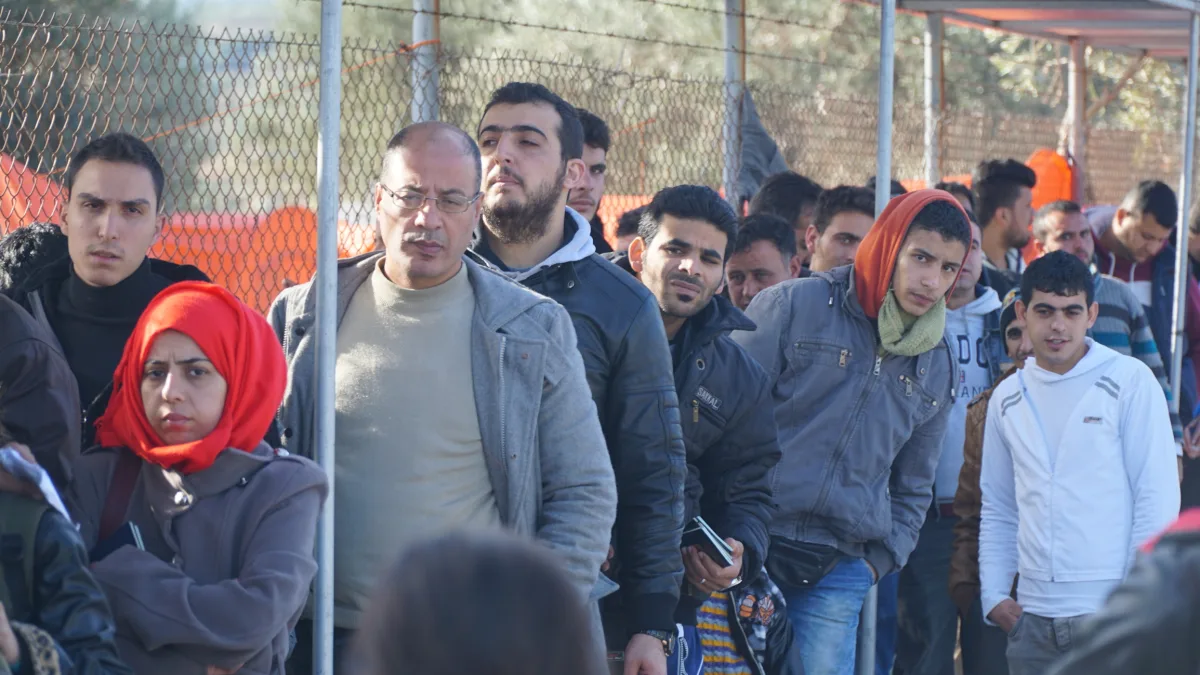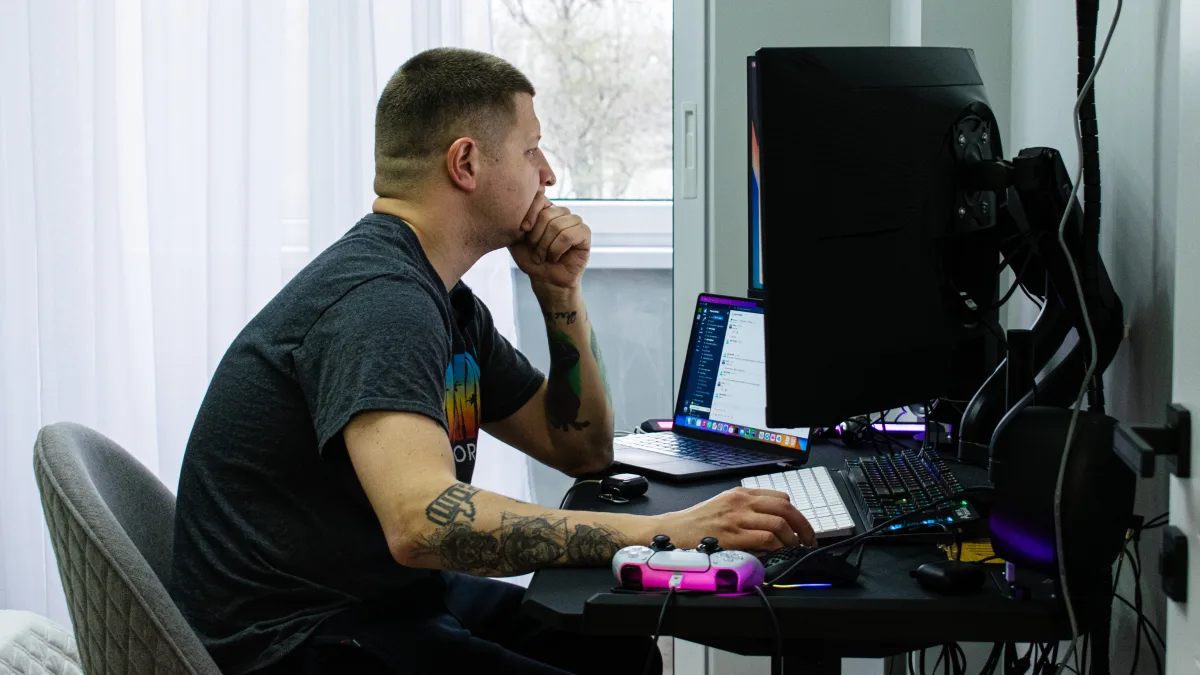Twenty-eight per cent of European construction and service firms say labour shortages limit their output. Meanwhile, hundreds of thousands of asylum seekers sit around doing nothing, banned from working whilst bureaucrats spend months—sometimes years—processing their claims. Empty positions. Idle hands. And a policy designed less to solve problems than to look tough.
Most European countries make asylum seekers wait for a formal decision on their status before they can legally work. Britain allows work after a year, but only in narrowly defined shortage occupations—good luck if you’re a trained engineer rather than a care worker. Germany used to demand nine months of thumb-twiddling. The official reasoning? Employment bans deter dodgy asylum claims and avoid the awkwardness of deporting people with jobs.
An outbreak of pragmatism
The damage this causes is considerable. German research found that refugees who faced an seven extra months of employment ban had employment rates 20 percentage points lower five years later. The gap took a decade to close. Skills rust. Motivation evaporates. Human capital depreciates in reception centres. It amounts to deliberately kneecapping integration, then acting surprised when people struggle to integrate.
Then came the Ukrainians, and suddenly pragmatism broke out. The EU dusted off its Temporary Protection Directive, giving those fleeing Putin’s tanks immediate work rights. Results followed. Within eighteen months, employment rates soared across the EU. Britain, the Netherlands and Lithuania topped 50 per cent by late 2022. Poland issued 450,000 residence permits by year’s end. Research by the European Foundation for the Improvement of Living and Working Conditions revealed that most working-age Ukrainians wanted jobs, and two-thirds of those had found them by autumn 2022.
Worth noting: 70 per cent of Ukrainian refugees are women, many with small children—precisely the group that normally faces the steepest barriers to employment. The success wasn’t down to Ukrainian exceptionalism. Remove the obstacles and people work. Simple.
The economic logic is straightforward. Beyond filling immediate gaps, refugee entrepreneurship represents wasted potential. Refugees start businesses at higher rates than natives in several OECD countries. In Britain, migrants create one in seven new firms. Even in Jordan’s Zaatari refugee camp—hardly a thriving business district—refugees built 3,000 businesses generating 13 million US dollars monthly. Syrian restaurateurs in France, Somali care services in Britain, Afghan programmers in Germany: all locked up by pointless rules.
Overestimating the backlash
The sums favour change too. Britain’s Lift the Ban coalition tallied the costs of enforced idleness—paid by taxpayers supporting people banned from supporting themselves. Public polling shows 81 per cent of British voters back letting asylum seekers work after six months. Politicians overestimate the backlash.
The usual objections don’t hold up. Work rights as a ‘pull factor’? Lacks evidence. People flee bombs and persecution; the chance to wash dishes legally in six months rarely features in such calculations. Austria and Sweden allow immediate work. Neither drowns in applications. The pull effect is mostly fiction—useful for those opposing change on unstated grounds.
Security matters more. Verification and background checks stay necessary regardless of employment rules. But current EU screening already collects biometric data and fingerprints. Employment bans add nothing to security. They just keep vetted people economically useless.
The ‘job theft’ argument fares no better. Europe has real shortages in healthcare, construction, hospitality. These aren’t zero-sum games. Refugees typically enter markets differently than natives, often taking jobs locals won’t. The Ukrainian case proves it: their employment filled gaps without displacing workers.
Integration is the real challenge. Work rights alone aren’t enough. Language training matters. So does credential recognition. Childcare too. Ukraine succeeded partly through comprehensive support, though research shows persistent problems with housing, childcare and language barriers. Any sensible reform tackles these whilst removing employment bans.
Timing helps. The EU’s Migration and Asylum Pact, adopted in 2024, overhauls asylum procedures across member states. Countries must revise national laws to comply. Why not include earlier work rights? The two-year transition period allows experimentation.
Levelling up
Some worry about extending Ukrainian-style rights to everyone—a two-tier system based on race or origin. But that two-tier system already exists, favouring white Europeans. The principled move is levelling up, not maintaining discrimination.
Politics demands incrementalism. Rather than immediate work rights for all, start with three months—long enough for initial processing and security checks, far shorter than current bans. Begin with documented shortage sectors. Once systems adjust and public confidence grows, lift remaining limits.
The case for reform isn’t sentimental. It’s pragmatic. Europe needs workers whilst paying to keep them idle. It deplores slow integration whilst running policies that prevent it. Ukraine proved that early employment rights speed integration and benefit host economies without costing security or social cohesion. Extending this to all asylum seekers acknowledges a simple fact: these people are here, often for years. Keeping them economically useless helps nobody.
The question isn’t whether refugees should work. It’s why policymakers cling to a system serving neither refugees nor hosts. Sometimes the best argument for changing course is noticing the current one leads nowhere. Europe’s asylum system needs more Ukrainian exceptionalism—by making it standard practice.
Photo: Dreamstime.







